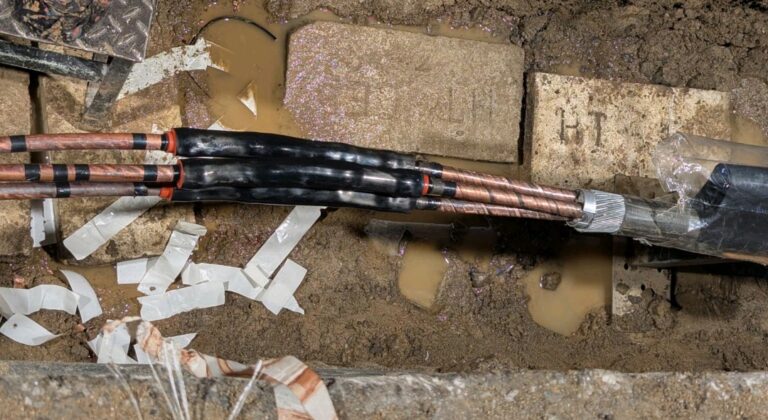Understanding the Basics:-
In the world of electrical engineering, capacitors, resistors, and insulators play a vital role in designing circuits and harnessing electrical energy. Today, let’s explore these essential components and their functions in more detail.
Capacitors
- Capacitors are electrical components that store electric charges. They are characterized by their ability to store and release energy. Capacitors are commonly used in various electrical applications, including filtering, smoothing, and timing. They consist of two conductors separated by a non-conducting material, such as air or a vacuum. The magnitude of electric charge stored in a capacitor is known as capacitance.
Resistors
- Resistors are electrical components that impede the flow of electric current. They act as a damping force, damping out any excessive current or voltage fluctuations. Resistors are used in various applications, including in electrical circuits, electronic devices, and power supplies. They are characterized by their resistance, measured in ohms. The resistance of a resistor determines the amount of current that can flow through it.
Inductors
- Inductors, on the other hand, are electrical components that store magnetic energy. They are characterized by their ability to resist changes in current flow. Inductors are widely used in power electronics, electric motors, and transformers. They consist of a conductor wound in the form of a coil or spiral. The magnitude of inductance, a measure of the stored magnetic energy, depends on the size and number of windings in the coil.
Understanding these Components
By understanding the fundamentals of capacitors, resistors, and inductors, electrical engineers can develop efficient and reliable electrical systems. These components work together in various combinations to perform specific functions. By selecting the appropriate combination of capacitors, resistors, and inductors, engineers can achieve the desired electrical characteristics and achieve optimal system performance.
